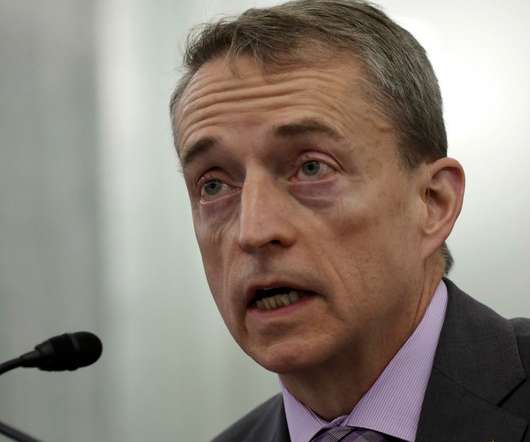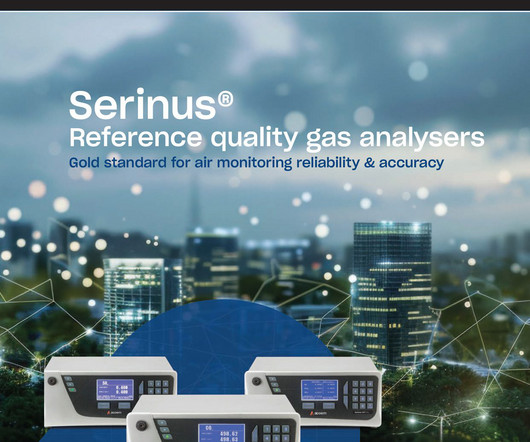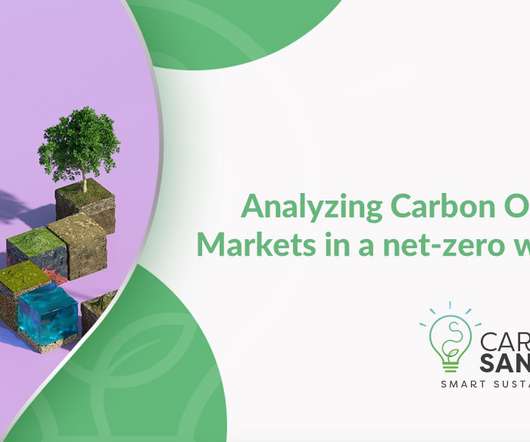The JUST Report: Should CEO Pay Be Tied To Stakeholder Value Creation?
Just Capital
FEBRUARY 3, 2023
But what if CEO and senior executive pay was tied more explicitly to total stakeholder value creation? On environmental and climate issues, it focuses intensively on the environmental impact of its products, with a goal to create products with Net-Zero carbon impact by 2030. in raises over the next 18 months.















Let's personalize your content